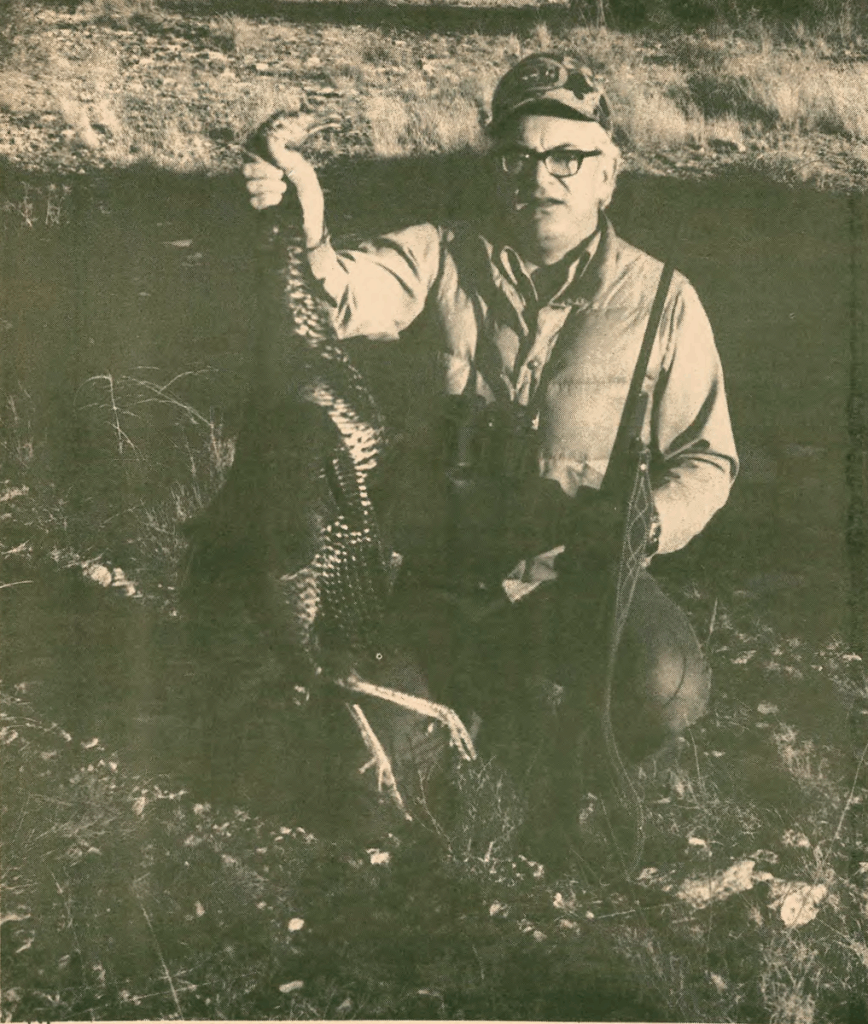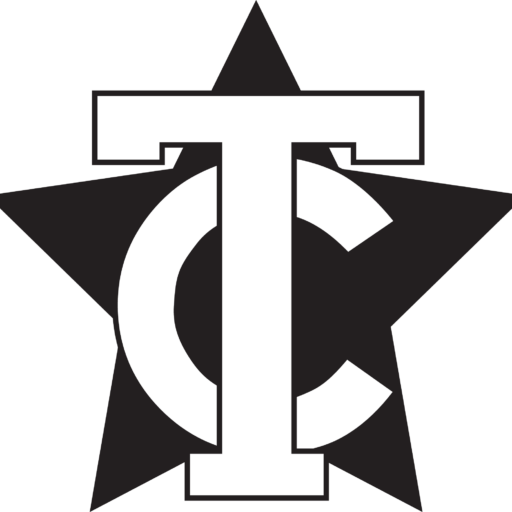
by Rosalyn Smith
Thanksgiving Day is a national holiday set aside for giving thanks to one’s Supreme Being. On this day people give thanks with feasting and prayer for the blessings they may have received during the year.
The first thanksgiving days were harvest festivals. The holiday still takes place in the fall, after the crops have been gathered. For thousands of years, people in many lands have held such harvest festivals; the American Thanksgiving Day probably grew out of the harvest-home celebrations of England.
The first New England Thanksgiving was celebrated less than a year after the Plymouth colonists had settled in the new land. The first dreadful winter in Massachusetts had killed nearly half of the members of the colony. But new hope came in the spring of 1621. The corn harvest brought rejoicing. Governor William Bradford decreed that a three-day feast be held. A Thanksgiving Day for the purpose of prayer as well as celebration was decreed by Governor Bradford for July 30, 1623.
Thanksgiving is usually a family day, celebrated with big dinners and joyous reunions. The very mention of Thanksgiving often calls up memories of kitchen and pantries crowded with good things to eat. Thanksgiving is also a time of religious contemplation, church services, and prayer.
In Canada, Thanksgiving Day is celebrated much the same way. It was formerly celebrated on the last Monday in October. But, in 1957, the Canadian government proclaimed the second Monday in October for the holiday.
Today, a typical Thanksgiving Day is filled with loved ones, delicious food (and often gluttony), and football. This Thanksgiving Day, many Americans will surround themselves with tasty goodies such as turkey or duck, corn bread stuffing (recipe given), fresh fruit and vegetables, candied yams with brandy, sweet potato pie and pumpkin pie (recipe given). The football game of the day will be Nebraska and Oklahoma.
Thanksgiving is also a time of sharing, if not material gains then the gift of thankfulness for life.
